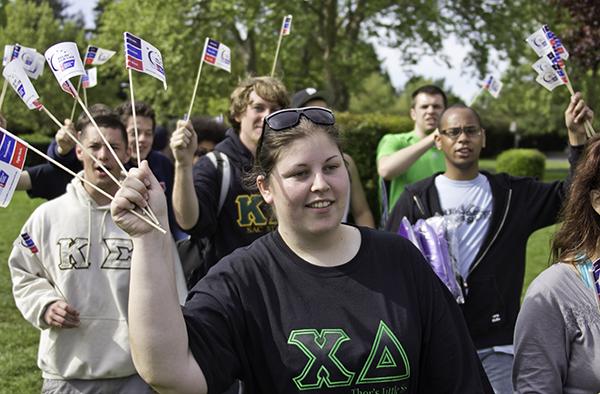CSUS relays for life

Relay for Life:Sac State alumna Danielle Ball waves American Cancer Society flags as she walks during the Sac State Relay for Life on Sunday morning.:Robert Linggi – State Hornet
April 19, 2011

Relay for Life:Sac State alumna Danielle Ball waves American Cancer Society flags as she walks during the Sac State Relay for Life on Sunday morning.:Robert Linggi – State Hornet
April 19, 2011
Your donation will support the student journalists of Sacramento State University. Your contribution will allow us to purchase equipment and cover our annual website hosting costs.